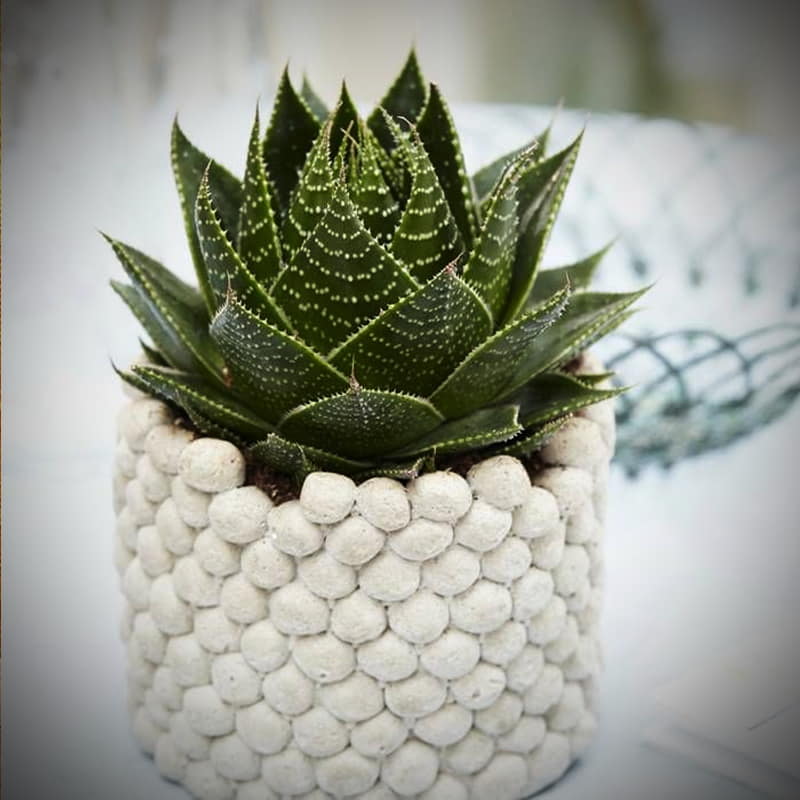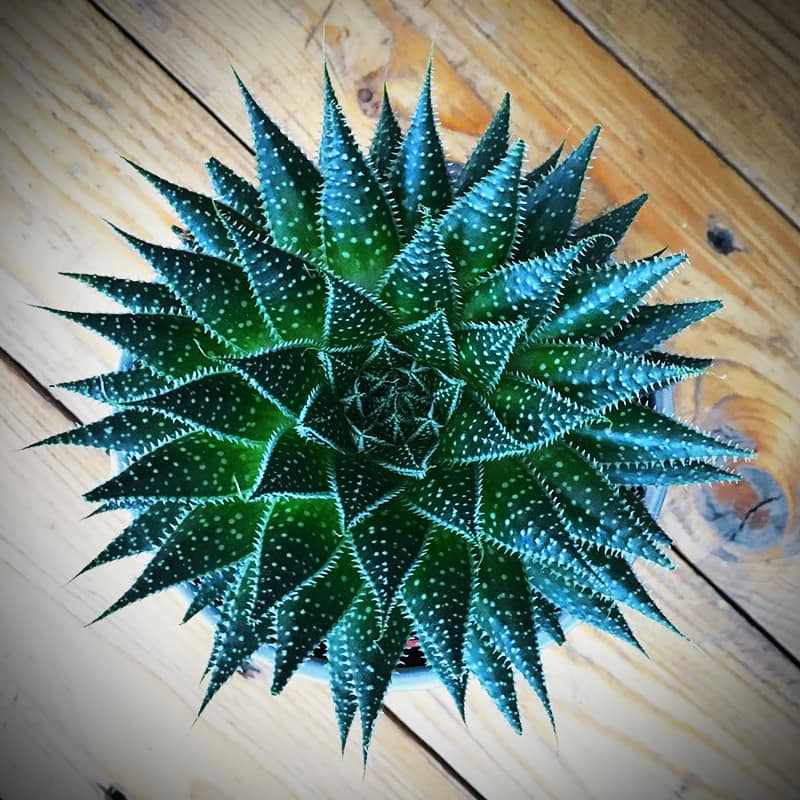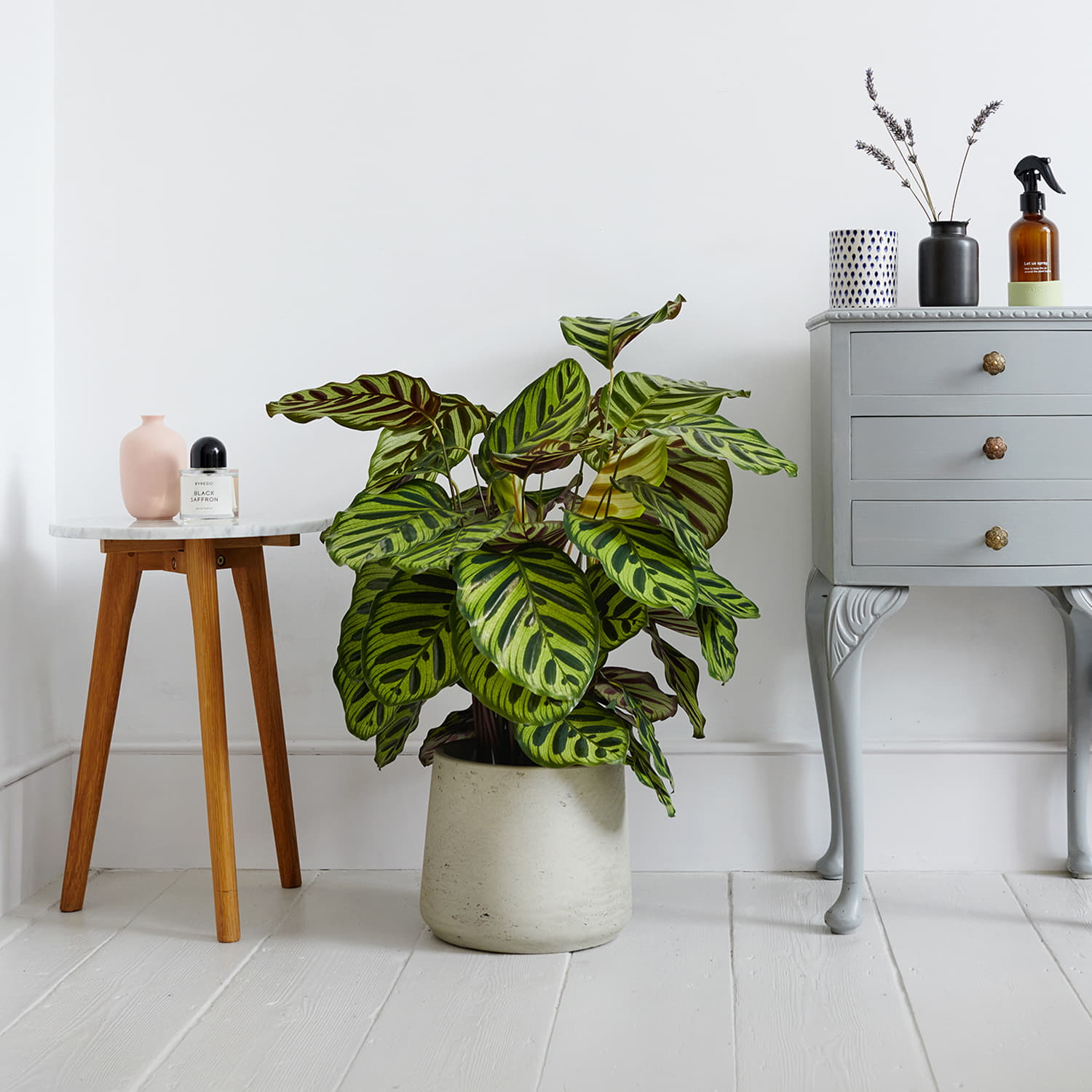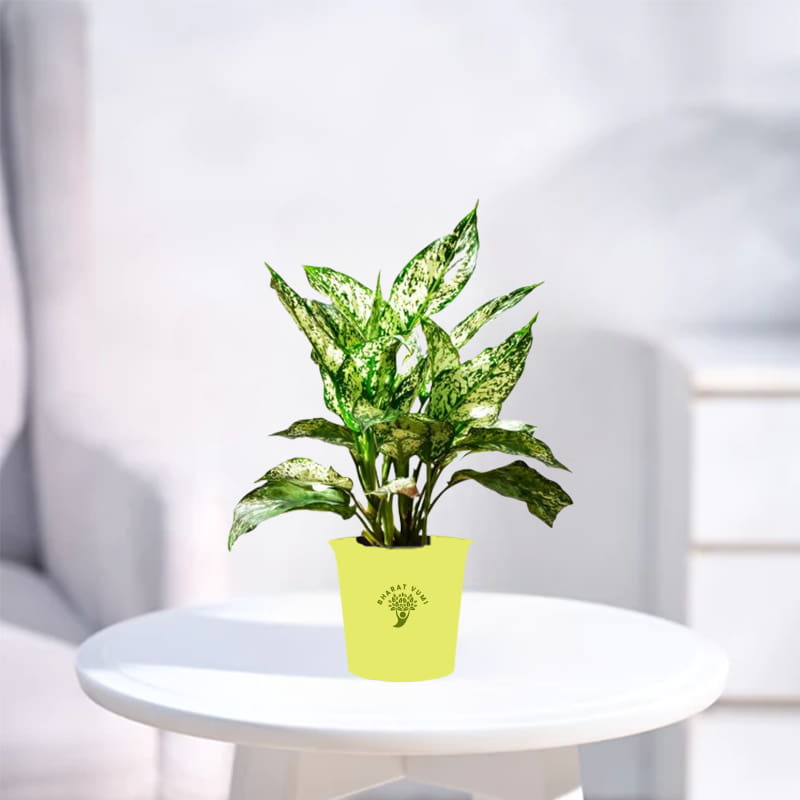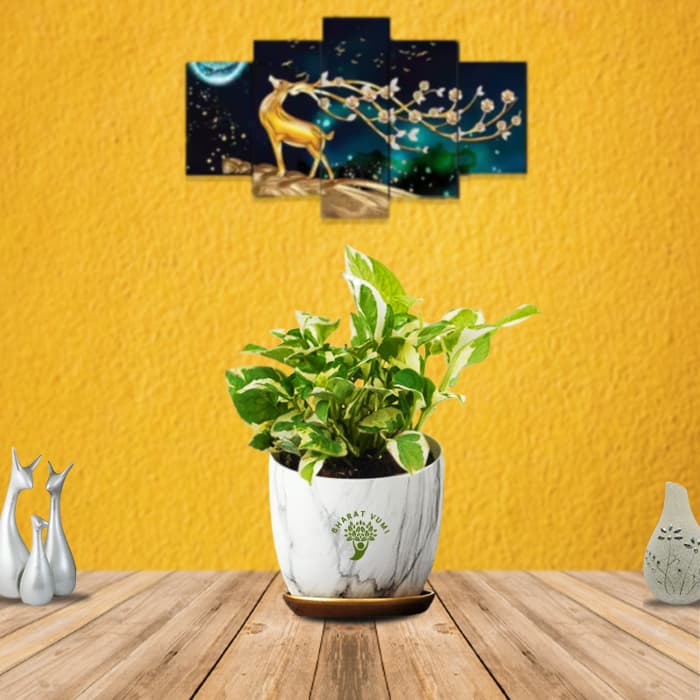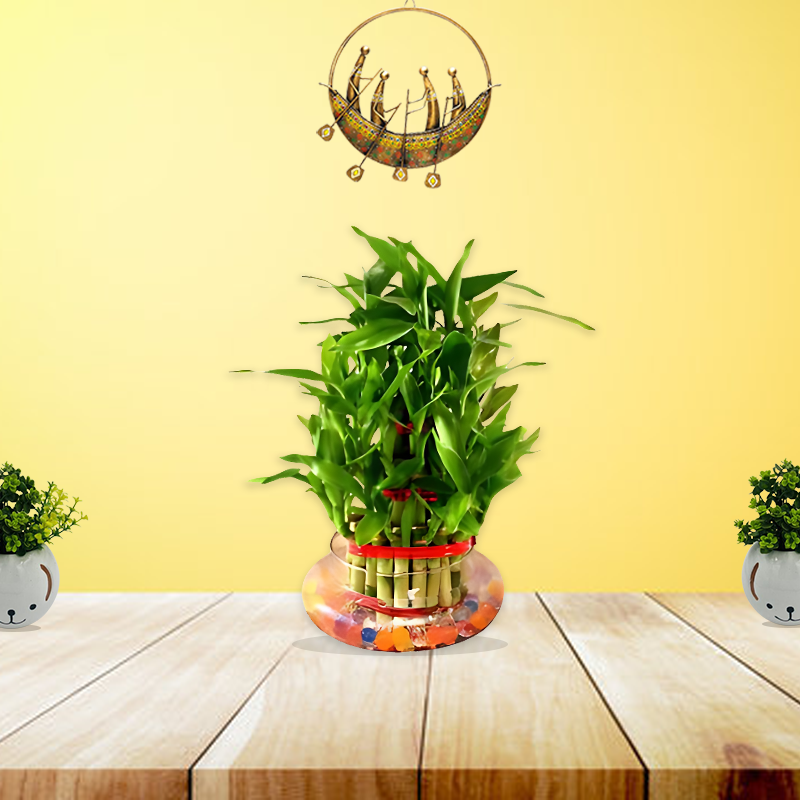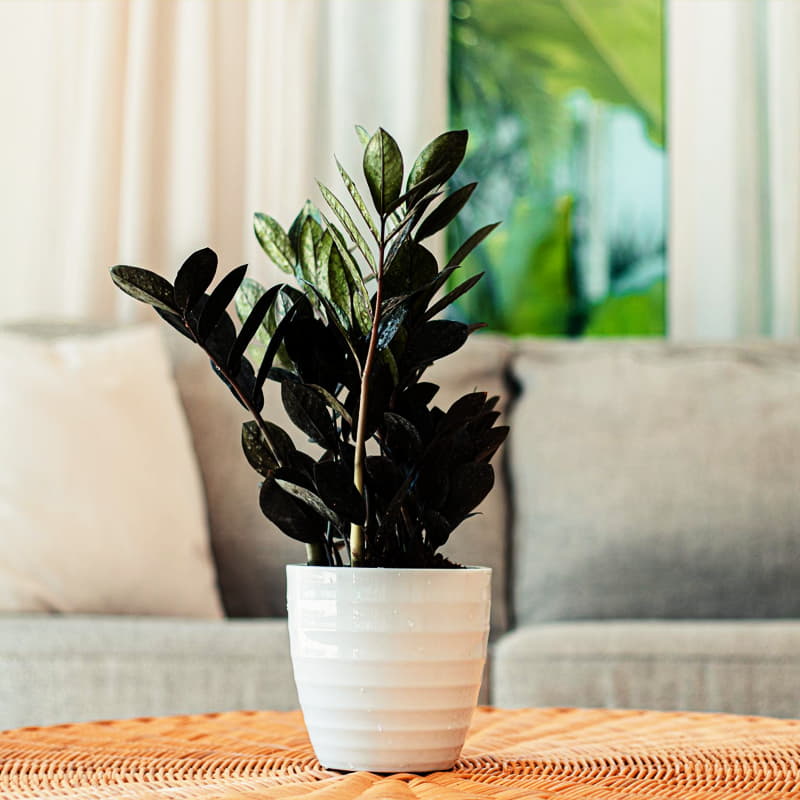Image(s) are for reference. Actual product might vary in some aspects like shape, size etc, from the one given in the image(s). However, we ensure what you get is close to the image(s) and of high quality. Our target is to deliver a healthy and well built plant. So relax after ordering and wait for an excellent delivery from Bharat Vumi that will bring smile on your face.
Package- A healthy Torch Plant (Without pot)
Plant Description:
Common Name- Torch plant
Scientific Name- Aloe aristata
Family- Asphodelaceae
Origin- South Africa
The Torch Plant ,also known as
Lace Aloe, is a compact succulent with spiky, triangular leaves. It is
characterized by its striking orange-red flowers that bloom on tall, slender
stalks. The Torch Plant is a popular choice for indoor or outdoor cultivation,
adding a touch of unique beauty to any space.
1.Soil- Sandy, well-drained porous soil mix specifically formulated for
succulents or cacti is beneficial for torch plant. A soil mix composed of
potting soil, sand, gravel, perlite or pumice can be used.
2.Watering- The Torch Plant has low water
requirements. Allow the soil to dry out completely between waterings and then
water thoroughly. It is better to underwater than overwater, as excessive
moisture can lead to root rot. During the winter months, reduce watering as it
enters into dormancy period.
3.Temperature- The Torch Plant prefers moderate
temperatures between 15°C and 27°C.It can tolerate slightly cooler
temperatures, but it should be kept away from freezing temperatures.
4.Humidity- The Torch Plant can adapt to average
household humidity levels and does not require specific humidity adjustments.
5.Light requirement- The Torch Plant thrives in
bright, direct sunlight. It prefers morning sunlight and afternoon shade.
6.Fertilization- The Torch Plant has low fertilizer
requirements. Feed it with a balanced, diluted liquid fertilizer formulated for
succulents or cacti during the growing season (spring and summer).
7.Flowering- Torch Plant or Lace Aloe, produces
vibrant coral-orange tubular flowers on tall stalks during the summer months.
8.Important Diseases- Common diseases of torch
plant include root rot and leaf spots, which can be managed by providing
well-drained soil, avoiding overwatering, and maintaining proper air
circulation.
9.Important Pests- Mealybugs and spider mites are
most common pest which can be managed by regular monitoring, manual removal of
pests, and using insecticidal soaps or neem oil.
10.Pruning- Prune the plant by removing dead or
damaged leaves at the base to maintain plant health.
11.Propagation- The Torch Plant can be propagated through offsets or stem cuttings. Offsets, which are small new plants that emerge from the base of the mother plant, can be carefully separated and replanted. Stem cuttings can be taken and allowed to dry before being planted.
| Type |
Perennial, evergreen ,succulent |
|---|---|
| Planting Time |
Early spring |
| Soil |
Sandy, well-drained porous soil mix |
| Watering |
Allow the soil to dry out completely before watering again |
| Temperature |
15°C and 27°C. |
| Humidity |
Thrives in average household humidity |
| Light Requirement |
Bright, direct sunlight |
| Fertilization |
Low fertilizer requirements |
| Flowering |
Produce vibrant coral-orange tubular flowers during summer. |
| Important Diseases |
Root rot, Leaf spot |
| Important Pests |
Mealy bug, spider mites |
| Pruning |
Prune dead or damaged leaves to maintain plant health |
| Dormancy Period |
Winter season |
| Propagation |
Propagated through stem cuttings or offsets |

